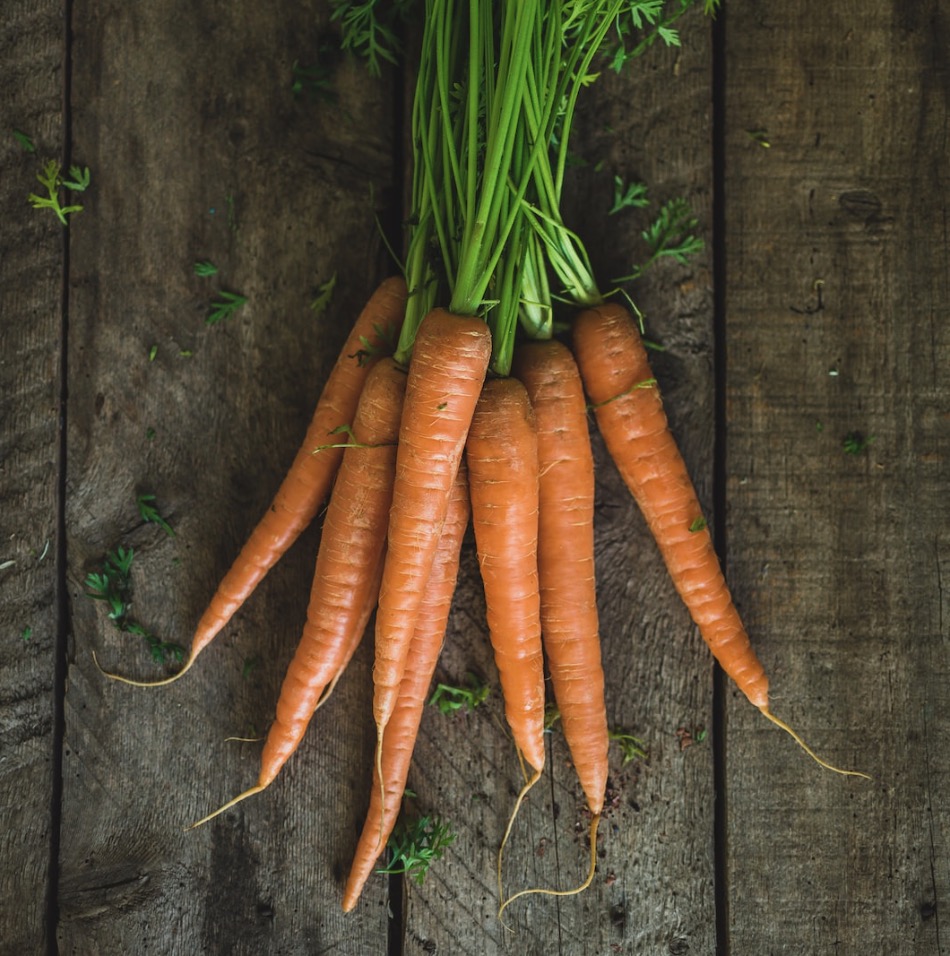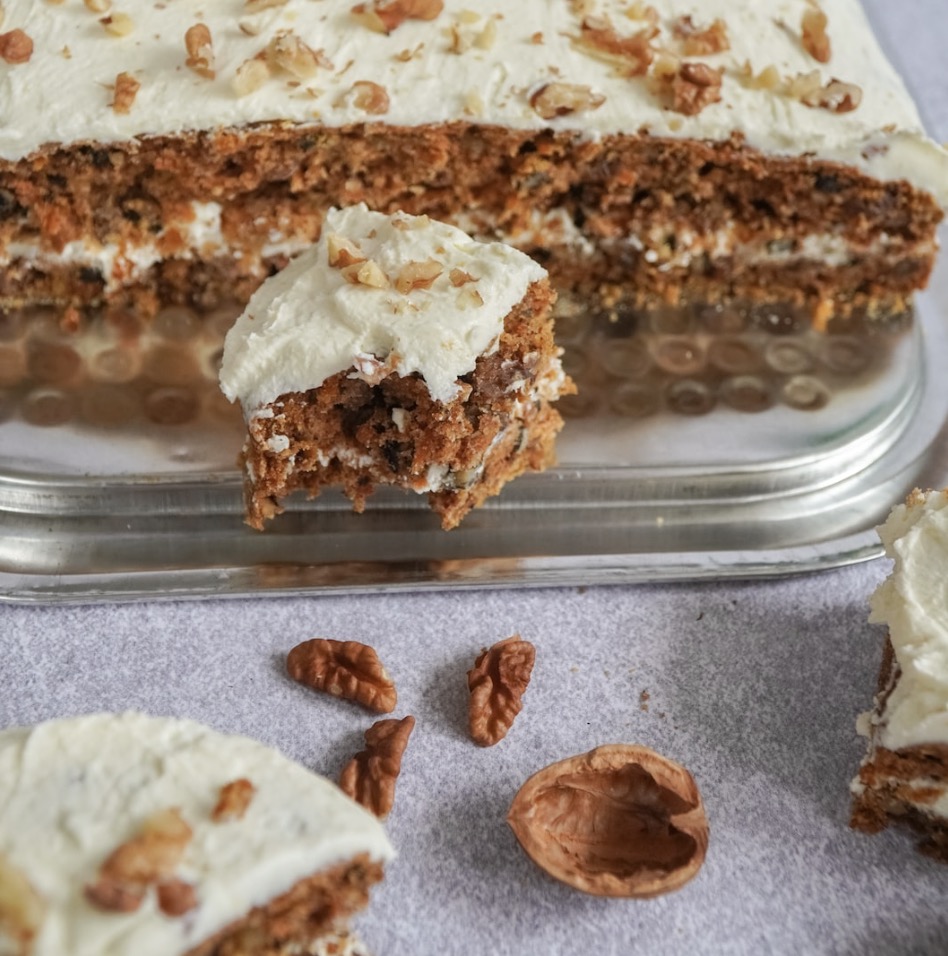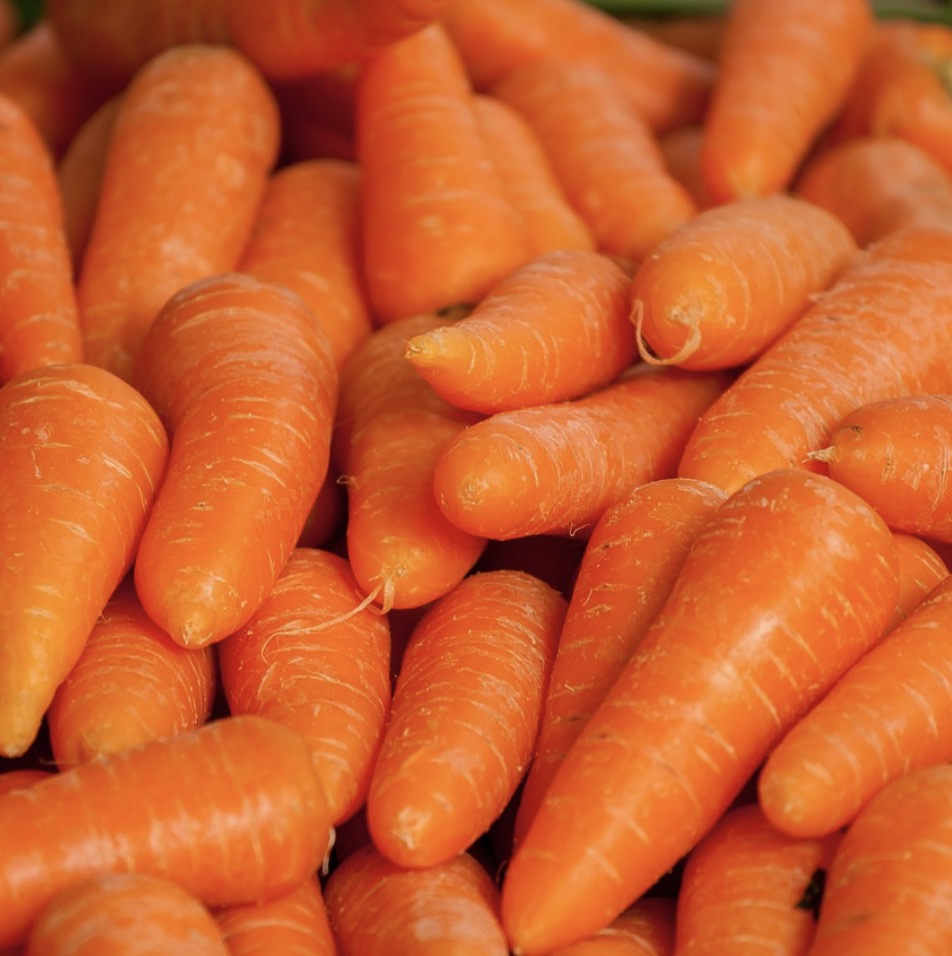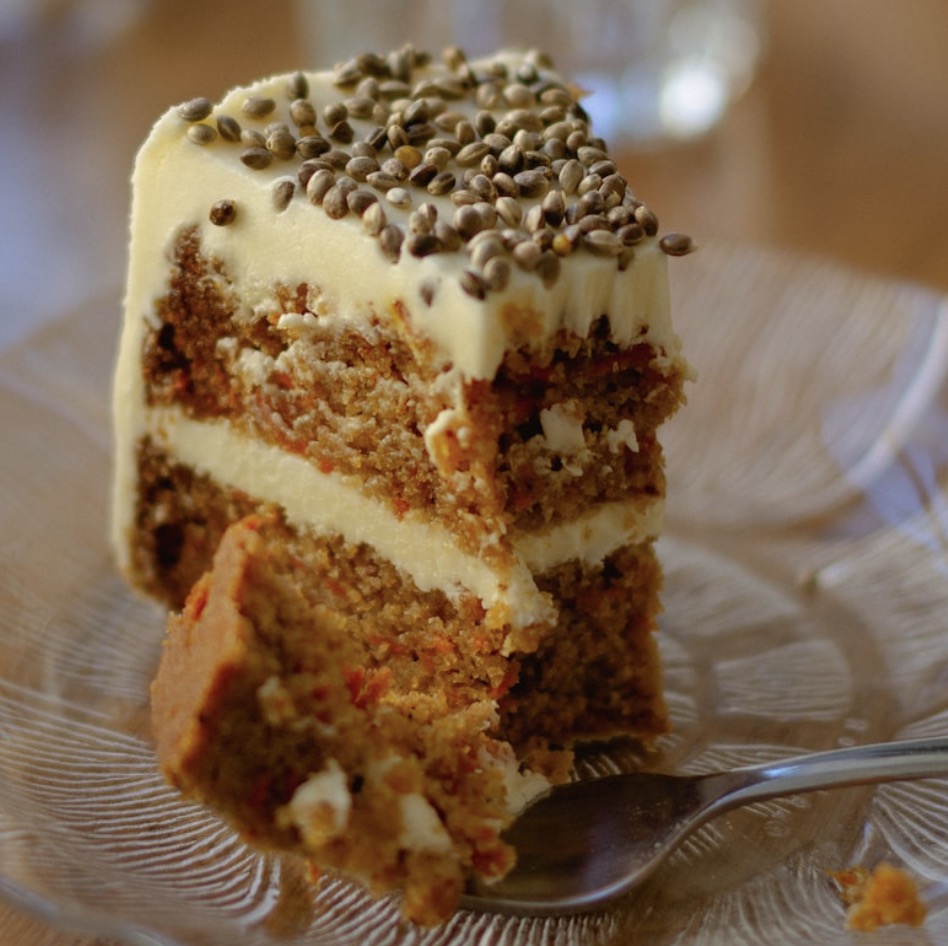Celebrate National Carrot Cake Day with some Very Old Original Recipes
"The Greeks and Romans ate carrots, but their carrots were different colors, like purple or white.
It wasn’t until the 17th century that carrots started appearing predominantly orange."
February 3, 2020
Today is National Carrot Cake Day.
Every February 3rd, National Carrot Cake Day is observed.
And, you might say it’s a great excuse to have our cake and carrots.
Akin to banana bread, carrot cake is similar in preparation and texture.
Like many quick breads, carrot cake is made by separately preparing the wet and dry ingredients and then mixing them.
Carrots are, of course, a root vegetable. They comprise 88% water, 7% sugar, and a percent each of protein, fiber, and ash.
Carrot cakes generally include ingredients like cinnamon or nutmeg, raisins, or nuts.
The Greeks and Romans ate carrots, but their carrots were different colors, like purple or white.
It wasn’t until the 17th century that carrots started appearing predominantly orange.
Why?
The Dutch initially bred the carrot orange to honor the Dutch royal family - also known as the “House of Orange” in the Netherlands.
The orange carrot became so popular that the color became synonymous with the carrot.
As for carrot cake, the earliest mentions of it in the newspaper appeared in the early 1900s - around 1910.
These early carrot cakes were more like little crab cakes - only made with carrots, flour, butter, sweet milk, etc.
By 1912, the San Francisco newspaper, The Call, featured a carrot cake recipe.
The recipe advised that only very young, tender carrots be used - along with 2 cups of sugar, a cup of butter, 2 cups of flour, a cup of carrots that were boiled and mashed very finely, a cup of grated chocolate, a cup of chopped walnuts, 1/2 a cup of sweet milk, four eggs, one teaspoon each of cloves, cinnamon, nutmeg, and salt.
By the end of November 1913, a newspaper was running an article called Carrots and Cakes:
The little carrot, of the plebian vegetable family, moved high last week in the social scale and was in such demand on the grocery orders of so many families that stores ran out entirely, says the Minneapolis Journal.
Miss Lilla Frich, supervisor of domestic economy in the public schools, has been telling how carrots may be used for what they are or as substitutes for other things, notably, that carrot pulp makes a good egg substitute in making cakes and hundreds of women who formerly have scorned common truck farm products have been buying them.
In the early 1980s, when Pillsbury launched its Carrot and Spice Cake Mix, they held a contest to discover the earliest published carrot cake recipe, and they were also looking for the best Heritage recipe.
Joyce Allen of Wichita, Kansas, won $100 for sharing her recipe from the 1929 Wichita Women’s Club cookbook.
Ethel Amsler of Waco, Texas, also won $100 for creating a new recipe with Pillsbury’s new carrot cake mix.
She was riffing off an old family recipe handed down through four generations. She said they didn’t make it but twice a year.
Ethel’s old family recipe for carrot cake calls for white raisins soaked in brandy in addition to adding a cup of black walnuts.
ETHEL AMSLER’S HERITAGE CARROT CAKE
1 cup brandy
1 cup of water
1 ½ cups sugar
2 tablespoons butter
1 cup grated carrots
1 teaspoon nutmeg
1 teaspoon cloves
1 cup chopped black walnuts
2 ½ cups all-purpose flour
2 teaspoons baking powder
1 teaspoon baking powder
1 teaspoon soda
1 teaspoon saltAt least two days before serving, in a medium saucepan, soak raisins in brandy overnight at room temperature.
The next day, add water, sugar, butter, carrots, and spices.
Bring mixture to a boil, stirring occasionally; simmer for 10 minutes.
Remove from heat; pour into a large mixing bowl. Cover; let stand at room temperature for 12 hours or overnight.
The next day, heat the oven to 275 degrees.
Grease and flour a 10-inch angel food tube pan or 12-cup fluted tube pan.
Add walnuts, flour, baking powder, soda, and salt to carrot mixture; mix thoroughly.
Pour into prepared pan.
Bake for about 1 ¾ hour or until a toothpick inserted in the center comes out clean.
Cool completely before serving.
ETHEL AMSLER’S HERITAGE CARROT CAKE (Modern Version)
1 package Pillsbury Plus Carrot N Spice Cake Mix
¾ cup of water
½ cup dairy sour cream
⅓ cup oil
2 teaspoons brandy extract
3 eggs
1 cup golden raisins
1 cup finely chopped walnuts
Powdered sugarHeat oven to 390 degrees.
Grease and flour a 12-cup fluted tube pan.
In a large bowl, blend cake mix, water, sour cream, oil, brandy extract, and eggs until moistened; beat 2 minutes at highest speed.
Stir in raisins and walnuts. Pour into a pre-prepared pan.
Bake at 350 degrees for 45 to 55 minutes or until a toothpick inserted in the center comes out clean.
Cool upright in a pan for 25 minutes; Invert onto a serving plate.
Cool completely.
Sift or sprinkle powdered sugar over the top. 16 servings.
During the 1970s, the Los Angeles Times featured a popular recipe for their 14-karat Cake. This recipe incorporates crushed pineapple and walnuts. I’ve included it in today's Show Notes, as well.
14-KARAT CAKE
2 cups flour
2 tsp. baking powder
1 ½ tsp. soda
1 tsp. salt
2 tsp. cinnamon
2 cups of sugar
1 ½ cups oil
4 eggs
2 cups grated raw carrot
1 (8 12-oz.) can crushed pineapple, drained
12 cup chopped nuts
Add Cream Cheese Frosting (see below)Sift together flour, baking powder, powder, soda, salt, and cinnamon.
Add sugar, oil, and eggs and mix well.
Stir in carrots, drained pineapple, and nuts.
Turn into three greased and floured 9-inch layer-cake pans or a 13x9-inch pan and bake at 350 deg—35 to 40 minutes until the top springs back when touched lightly with a finger.
Cool for a few minutes in pans, then turn out onto wire racks to cool. (Or loaf cake, which may be frosted in the pan, which is especially handy if the Cake is for a potluck or picnic.)
For layers, spread tops and sides with frosting and stack.
Cream Cheese Frosting
½ cup butter or margarine
1 (8-oz.) pkg. cream cheese softened
1 tsp. vanilla
1 lb. Confectioners’ sugar, siftedCombine butter, cream cheese, and vanilla and beat until well blended.
Add sugar gradually, beating vigorously; if too thick, add a small amount of milk to thin to spreading consistency.
This post was featured onThe Daily Gardener podcast:
helping gardeners find their roots,
one story at a time









